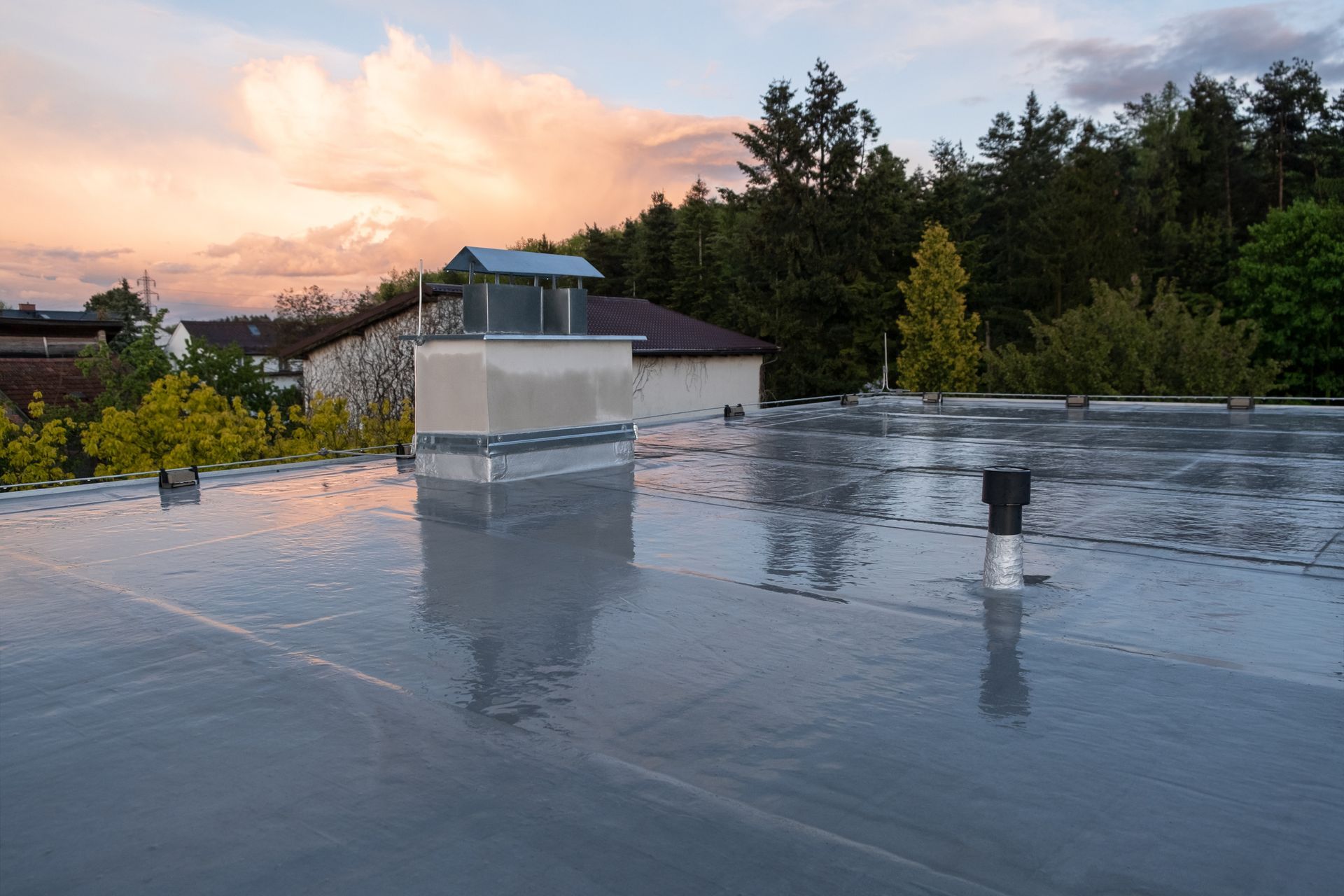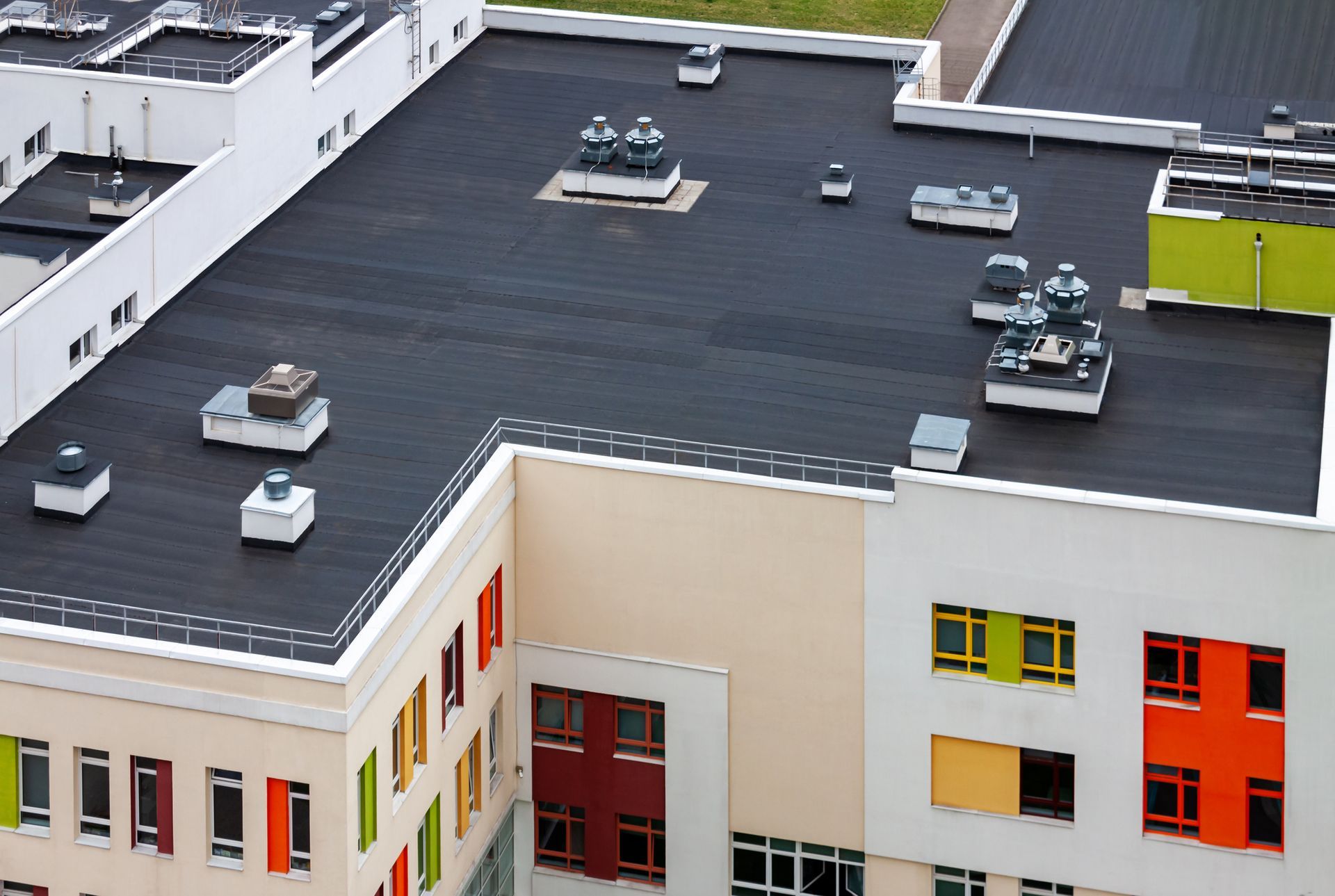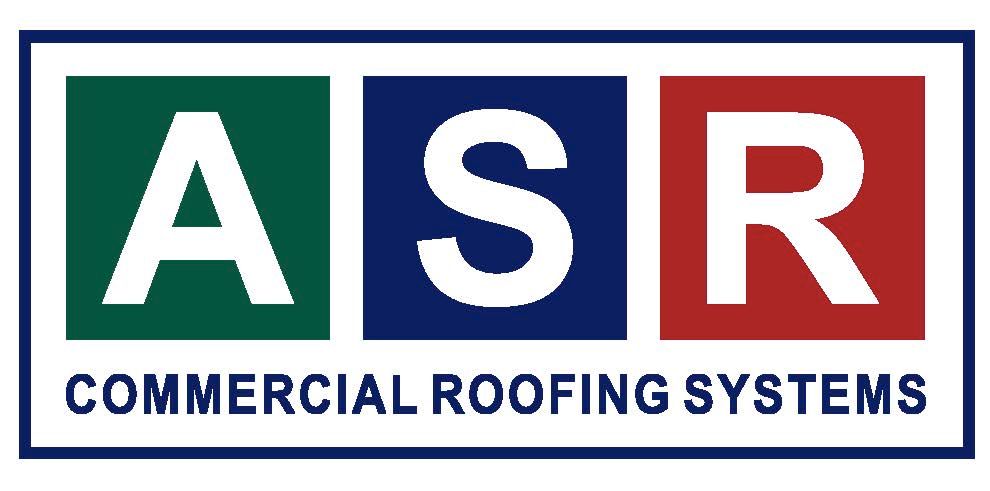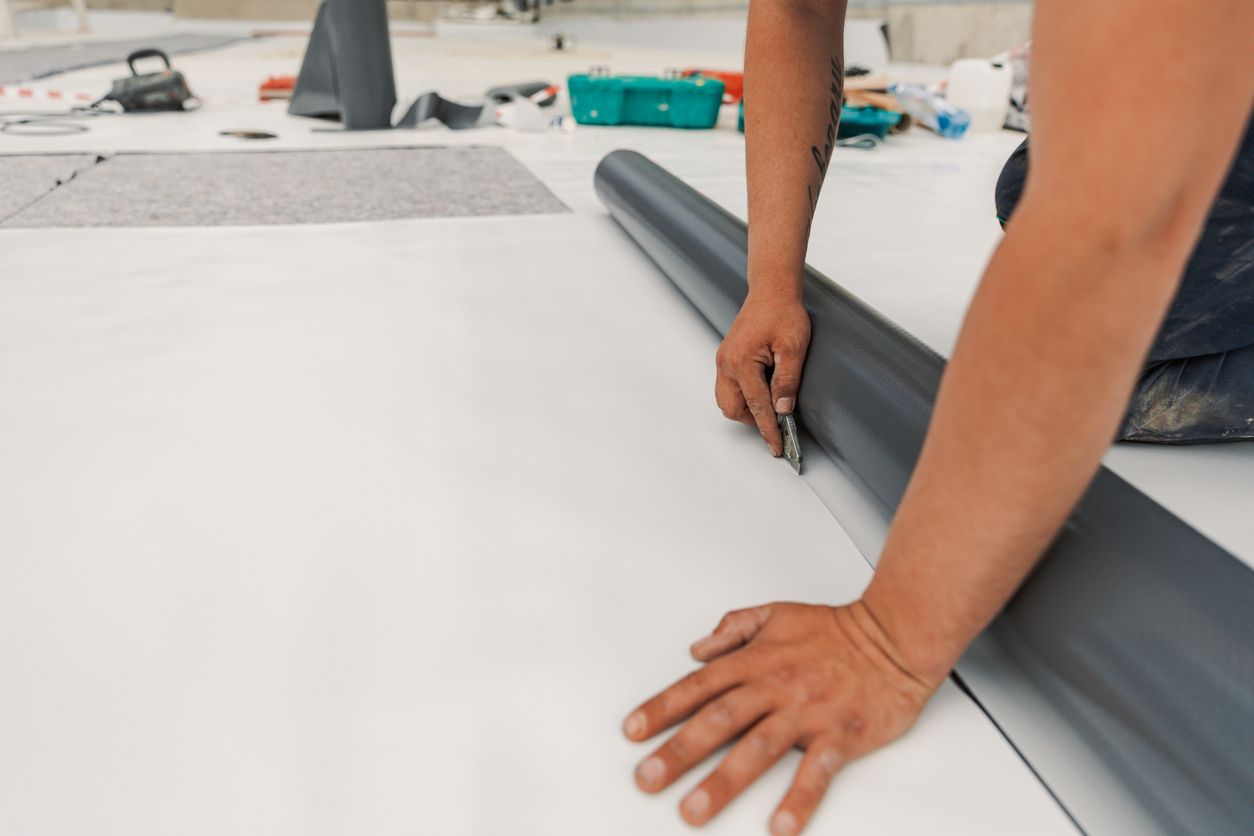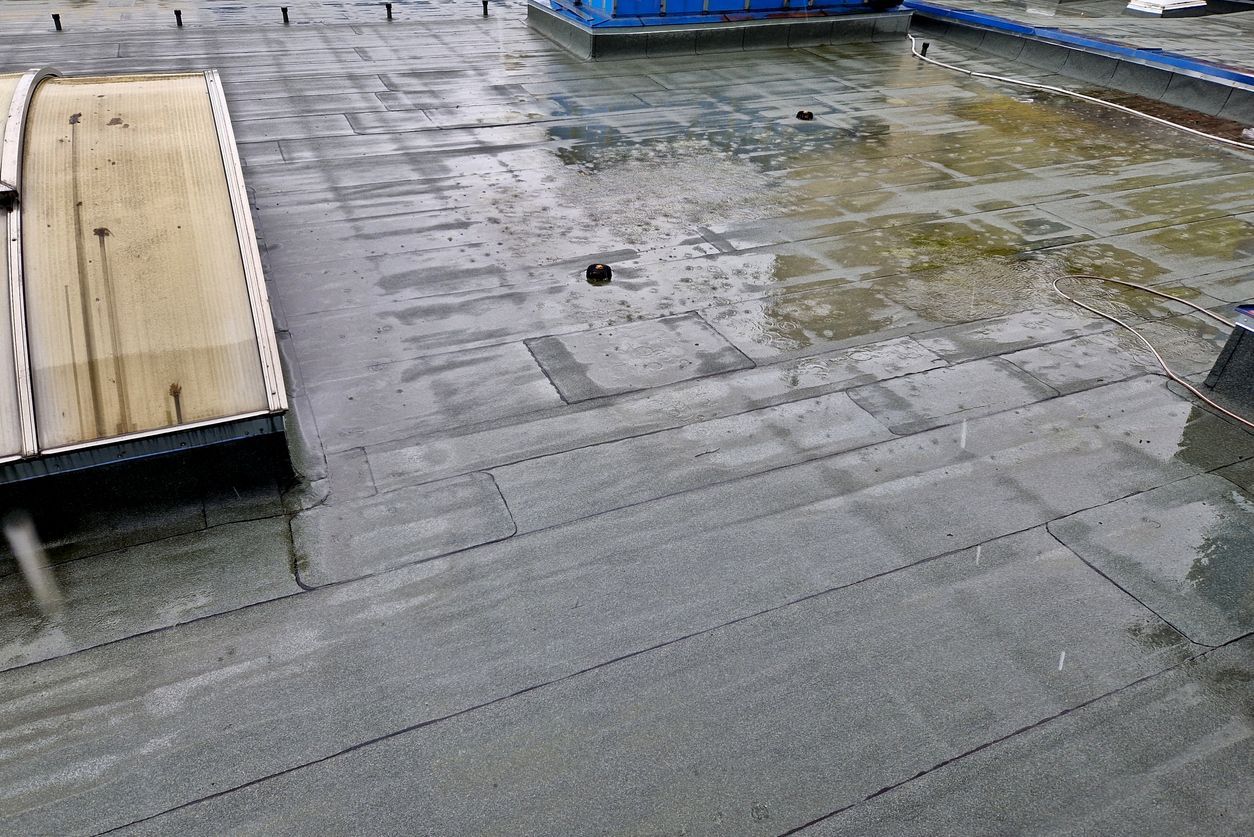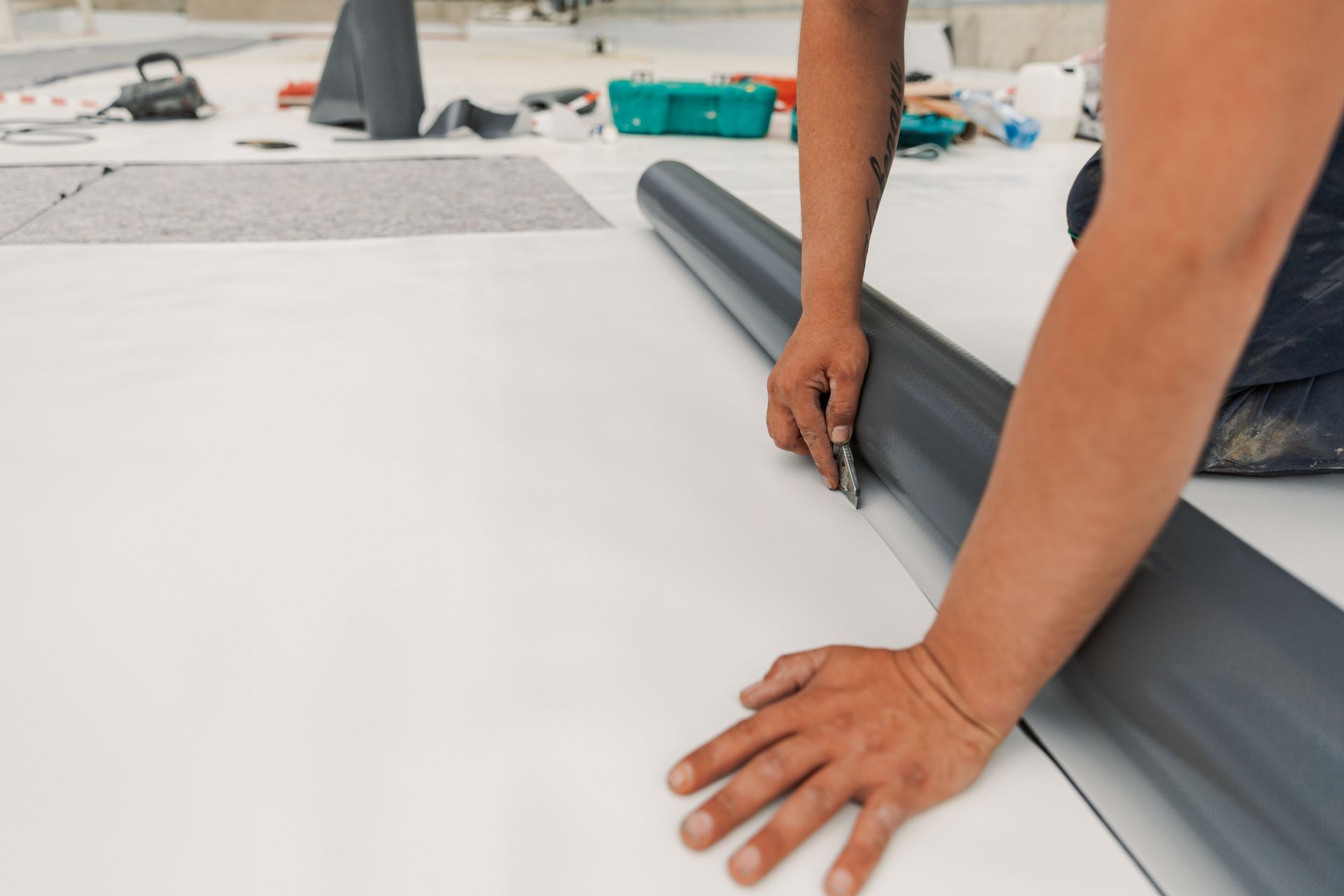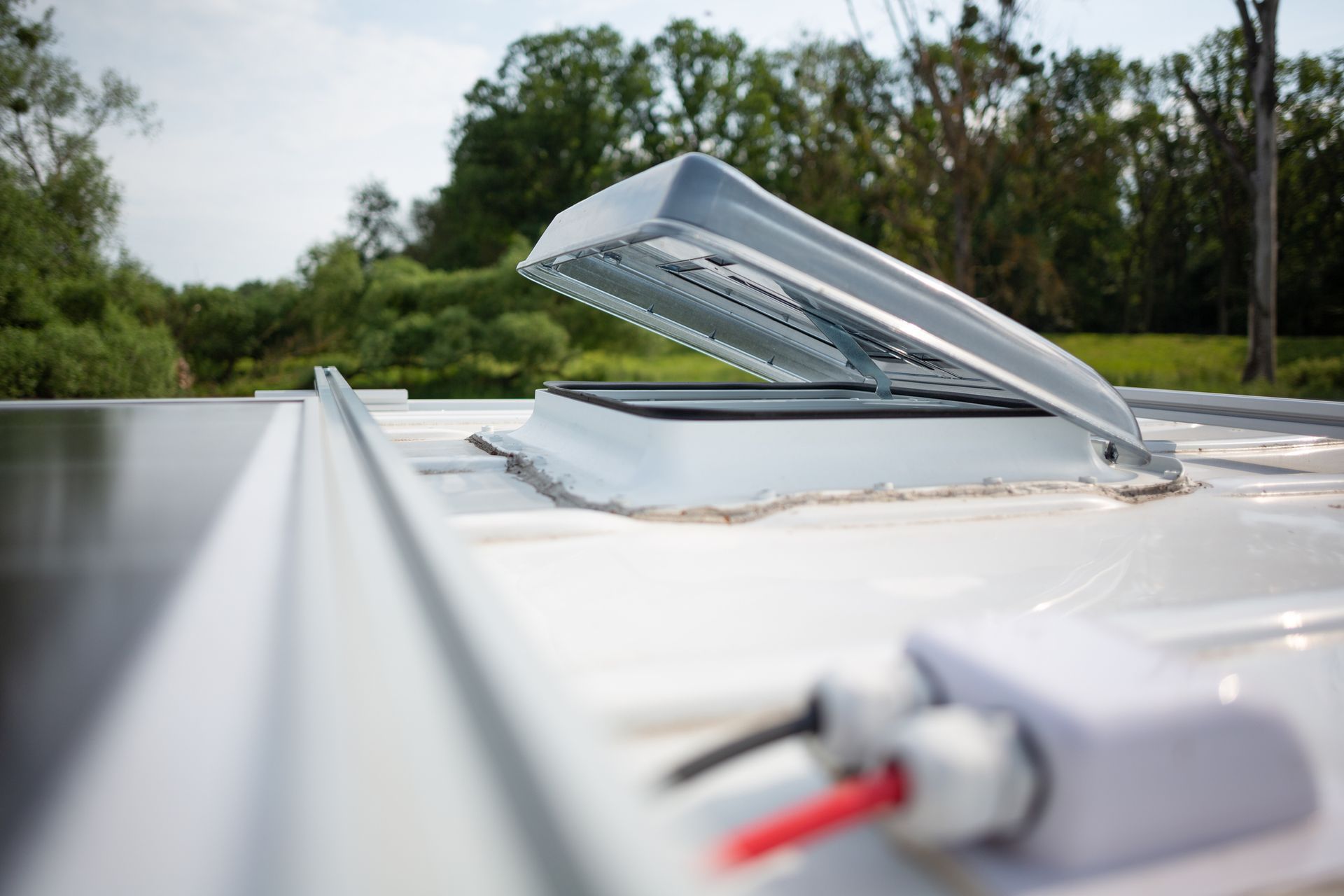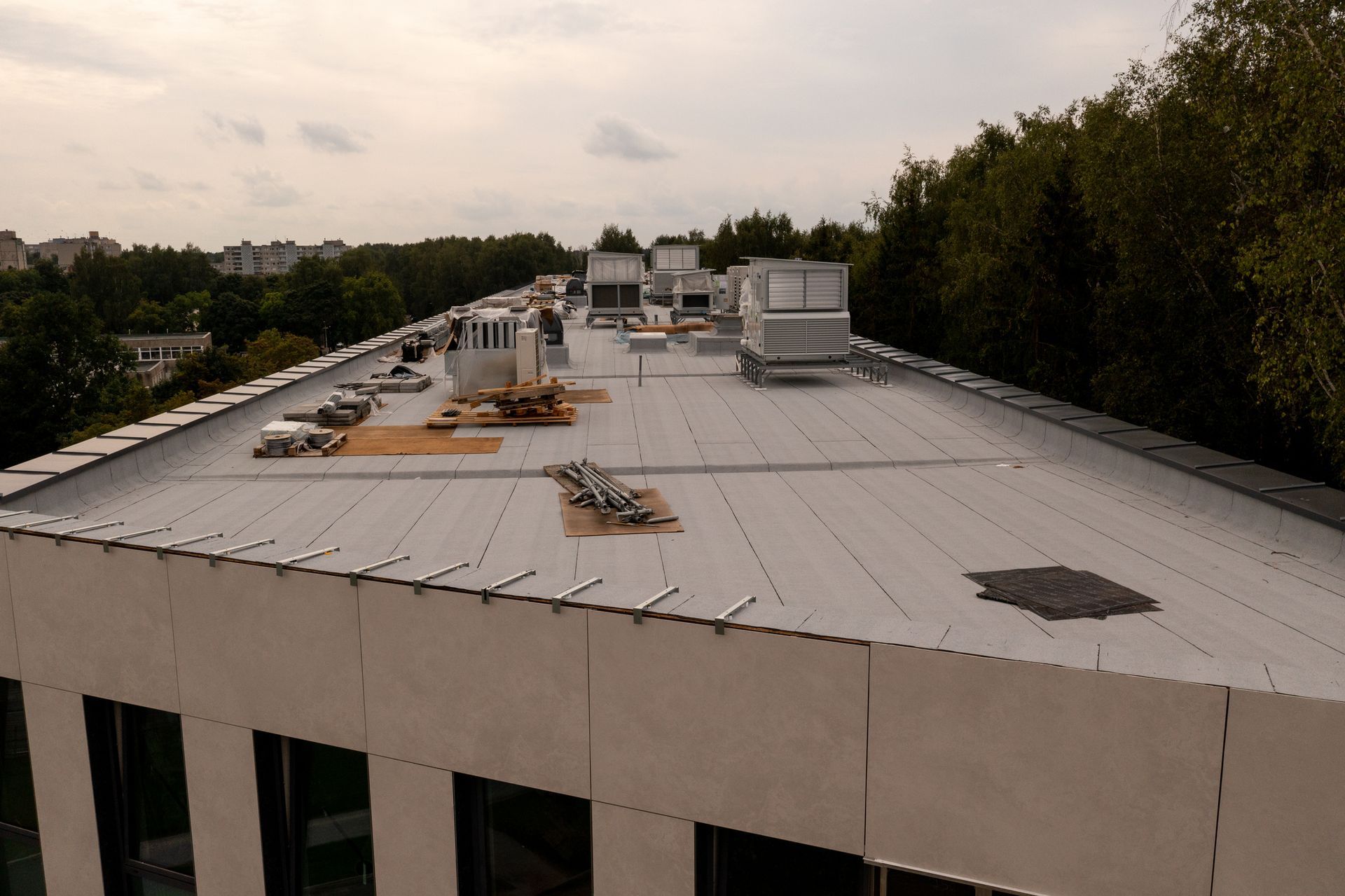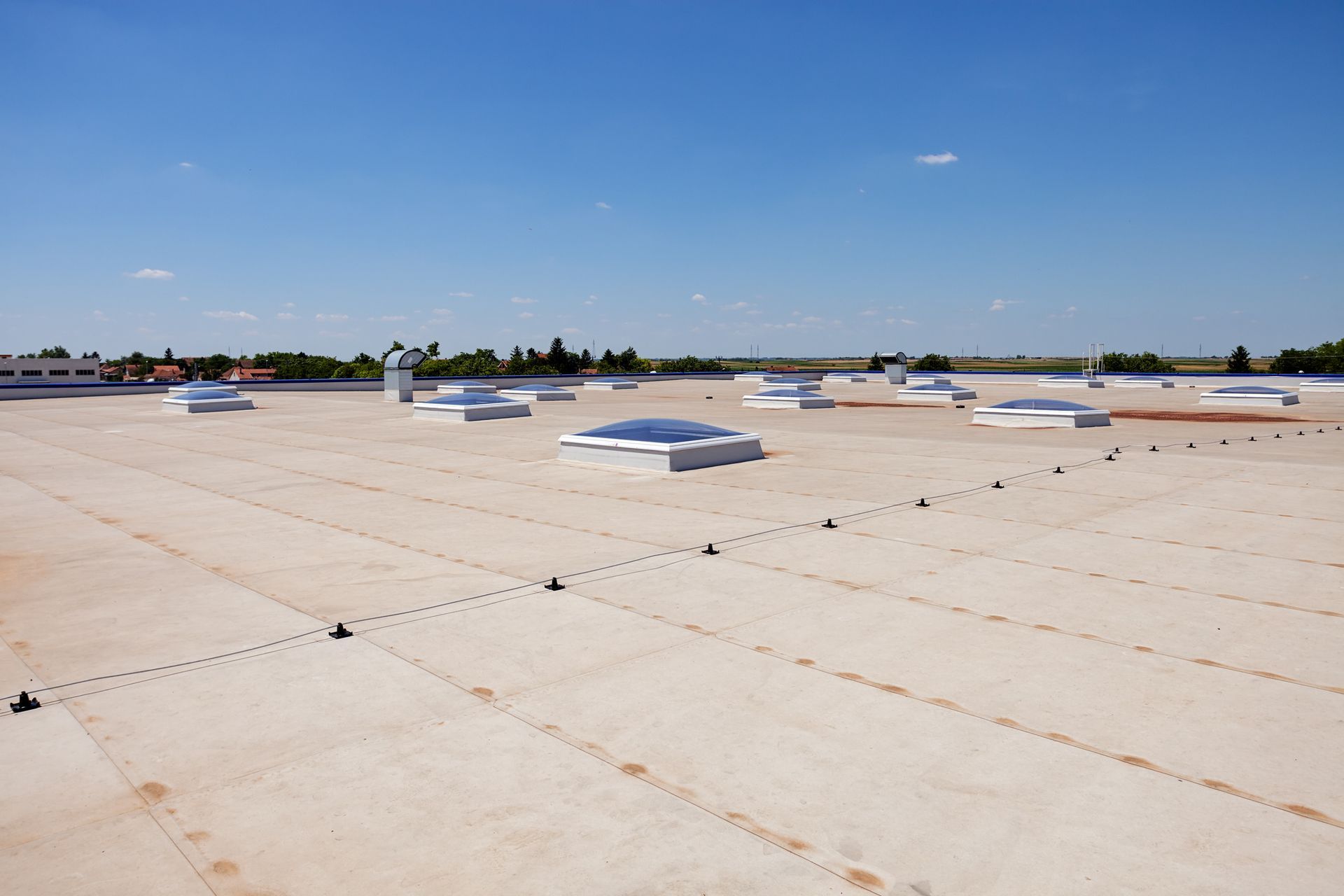Most Common Problems Causing Premature Failure of a Low-Slope Roof
Problems on a commercial roof can happen to any building, but you can prevent most issues with proper planning. Some of the factors that will influence a low-slope roof’s service life include its design, materials quality, installation, use, location, and maintenance.
That last item is critical because maintaining a commercial roof can achieve several things. First, regular maintenance can spot small issues that have the potential to become large, expensive problems if not swiftly addressed. Second, these semi-annual check-ups can extend the service life of your roof, saving you a ton of cash long-term.
Most Common Low-Slope Roof Problems
So, what could possibly go wrong with a low-slope roof? As it turns out, plenty! Buildings.com addressed this very issue and came up with an extensive list of the most common low-slope roof problems. These include:
Roof leaks and moisture intrusion.
The primary cause of premature roof failure is leaks and moisture issues. This can be due to problems with installation, undetected storm damage, or other flashing problems not addressed that worsen over time. Ponding water is another concern that can be caused by failure to clear drains of dirt and debris.
Blow-offs, billowing, and reduced wind uplift resistance .
When flashing or seams are not secure, there can be blow-offs and lower puncture resistance with the roof. Moisture issues can occur with lower wind uplift resistance and billowing, both arising from exposed seams or weak adhesive.
Punctures and penetrations.
After installation, a roof can suffer significant damage if its materials are punctured or penetrated. This can take place in high-traffic areas, when new equipment is installed (such as a new HVAC unit), or in the wake of a major storm with flying debris.
Shrinkage.
If you have a single-ply EPDM roof, there is a risk of shrinkage. This can occur when the ballasted membranes pull on the flashing, which can be the source of other serious roof issues involving penetration. While it’s not common, a simple inspection can reveal this early so that it can be corrected.
Blistering.
Certain roofs might be more susceptible to blistering, splitting, ridging, and surface erosion. Many blisters are cosmetic in nature and not worth addressing, but some can impact the integrity of your roof. A qualified roofing inspector can assess these issues and let you know whether this something you should be concerned about.
Poor installation or repairs.
When a new roof isn’t installed correctly, it is more likely to experience costly issues. Likewise, repairs completed by inexperienced or unlicensed contractors can compromise the integrity of a flat roof.
Lack of maintenance.
Failing to maintain a roof because of time or financial constraints just doesn’t make sense considering the potential cost of repairs or replacement later. A small issue can be identified and fixed with regular inspections, at significant savings.
All Seasons Roofing to Protect Your Company’s Low-Slope Roof Investment
Catching just one of these issues early could save your company lots of money in costly repairs as well as an inconvenient business interruption. Considering everything that could go wrong with a commercial roof, it makes sense to protect your precious investment.
At All Seasons Roofing, LLC, we offer a cost-effective and convenient Flat Roof Annual Maintenance Program. Our 75-point inspection will give your company peace of mind knowing that your commercial roof is sound and doing its job.
Contact us now to learn more about this valuable program or to sign up today.
The post Most Common Problems Causing Premature Failure of a Low-Slope Roof appeared first on All Seasons Roofing.
